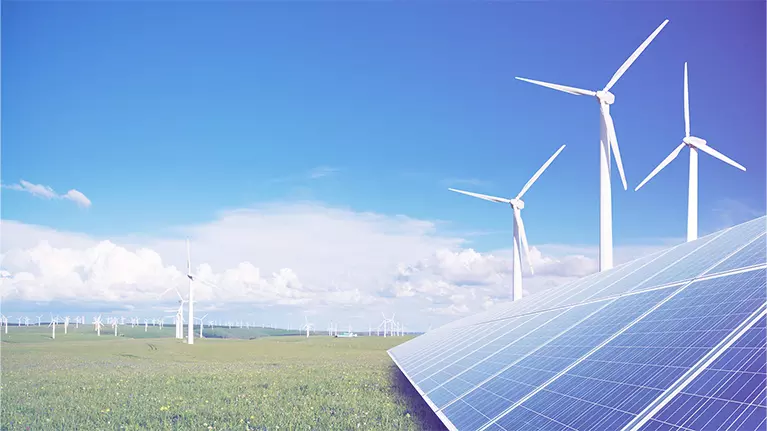In this report we seek to consider the opportunities and challenges facing organisations engaged in or wishing to enter the renewables market.
We have sought to consider the leading renewables and net zero technologies; both well-established and nascent; and apply a consistent set of metrics to each in key European countries; as well as considering other key jurisdictions. By applying this consistent methodology, we aim to identify those jurisdictions that are currently best placed for organisations to develop renewable and net zero energy generation and storage projects; as well as highlighting those jurisdictions to monitor as potential new growth areas.
Renewable and net zero energy generation and storage opportunities are driven by growing global demand for energy and technological advancement coupled with increasing public concern over climate change. The reduction in production costs has allowed renewables to compete at scale with more traditional sources of energy generation. The key to this ongoing transformation is deployment of innovative renewable energy technologies as it can be challenging to integrate these technologies into existing policy frameworks and energy systems.
Renewable energy players are faced with the challenge of rising policy and regulatory uncertainty as policy makers try to balance growing demand and ‘net zero’ emissions goals. Renewable energy companies, and those relying on or seeking to move towards renewable energy sources, need to remain agile and flexible in the constantly evolving industry and ensure their long-term strategy properly addresses the potential risks.






















